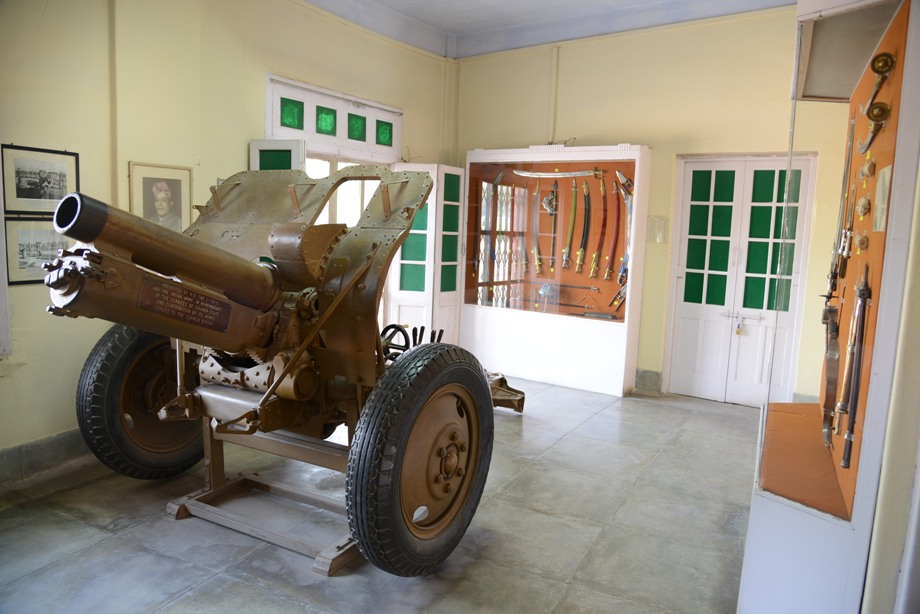The Ganga Government Museum was inaugurated on 5th November 1937 by the then Governor-General of India, Lord Linlithgow in Bikaner. As the museum marked the Golden Jubilee celebration of Maharaja Ganga Singh's reign of the Bikaner province, it was inaugurated as the Ganga Golden Jubilee Museum.
On 6th December 1915, Maharaja Ganga Singh Ji, who was the ruling Maharaja of the princely state of Bikaner, appointed an Italian scholar, Dr. Luigi Pio Tessitori, to conduct a historical and bardic survey of the region. The large reserve of archaeological wealth excavated from different parts of the Bikaner province combined with the personal contributions of objects of interest by Maharaja Ganga Singh Ji were housed in a newly constructed Ganga Golden Jubilee Museum. The museum was taken over by the Government of Rajasthan under the Department of Archaeology in 1950 and the collection was transferred from the old museum building to Ganga Niwas Mahal in the Junagarh Fort in 1954 by Maharaja Sadul Singh. Through enthusiastic efforts by Kunwar Jaswant Singh of Daudasar, the then Prime Minister of Bikaner, funds were acquired from the Golden Jubilee trust for the construction of the present museum building which was opened to the public on 4th September 1954.
The museum consists of galleries such as the Maharaja Ganga Singh Gallery, Local Arts and Crafts Gallery, Textile and Carpets Gallery, Historic Paintings and Mughal Farmans Gallery, Ancient Coins Gallery, Armory Gallery, Sculptures and Terracotta Gallery, Archaeological & Dr Tessitori Gallery, Jain Sculpture Gallery, Lithograph Art Gallery and Painting & Local Arts Gallery. The museum collection in each gallery is displayed so that the artefacts follow a hierarchy of historical importance.
The collection includes cameras and movie projectors of the time, hunting weapons of the Rajputs, traditional musical instruments, glassware, royal paintings, gold paintings by local artists, black and white photographs of India from the British Raj along with artefacts excavated by Dr Tessitori. The excavations displayed at the museum comprise of terracotta artwork and artefacts from sites of the Indus Valley Civilization of Kalibangan and ancient Theris (mounds) from Badopal, Rangmahal, Hanumangarh and Suratgarh. A collection of Rajasthani Miniature Paintings from schools of Bundi, Jaipur, Bikaner, Jodhpur and Mewar are displayed at the museum along with miniature models of the Royal Bikaner train, Gajner Palace and Lalgarh Palace. One of the highlighted displays at the museum is the Silk Robe of Shehzaada Salim, son of Mughal Emperor Akbar II.
The Anup Library at the Ganga Government museum also contains Sanskrit manuscripts dating back to the Deccan rule of Raja Anup Singh from the 17th century and lithographic prints from the British Empire.
For a detailed description of each gallery in the museum and of 70+ artefacts kept in the museum with other associated information, please visit this link - https://bikaner.rajasthan.gov.in/content/raj/bikaner/en/citizen/ganga-government-museum.html
This content has been created as part of a project partnered with Royal Rajasthan Foundation, the social impact arm of Rajasthan Royals, to document the cultural heritage of the state of Rajasthan.
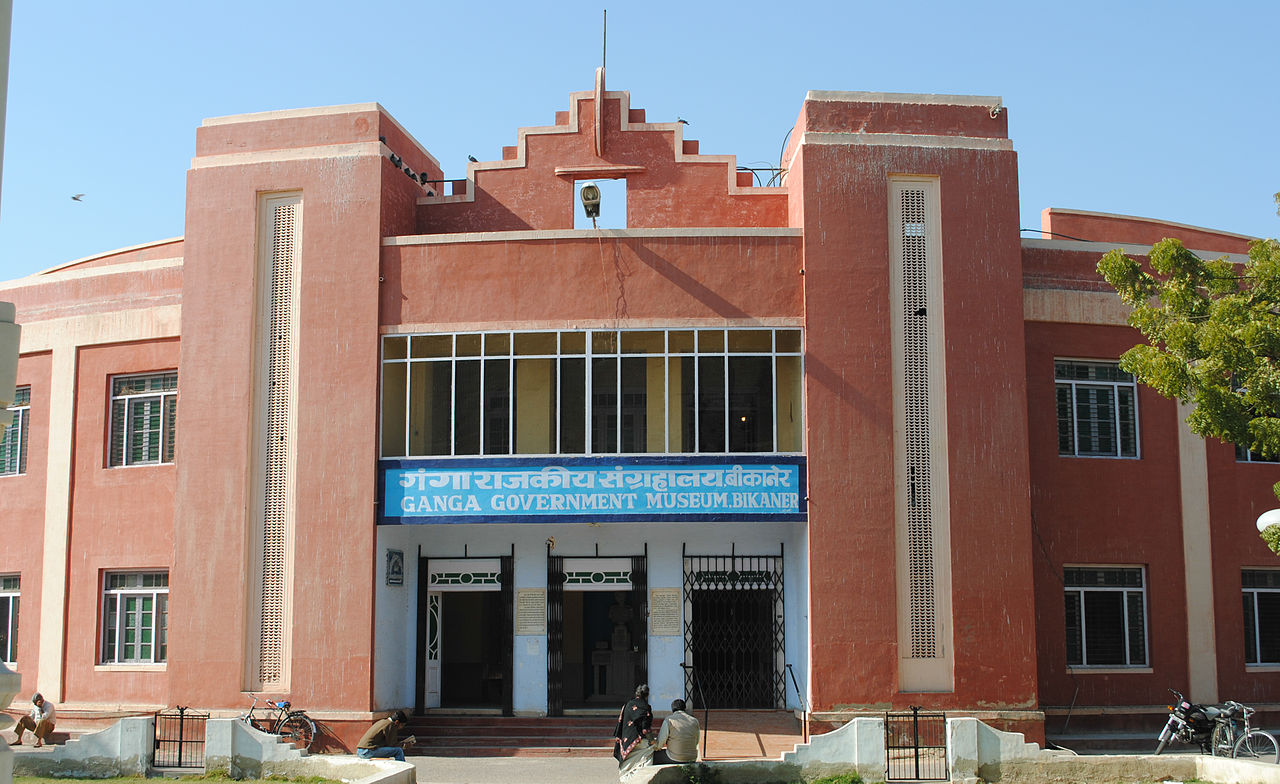
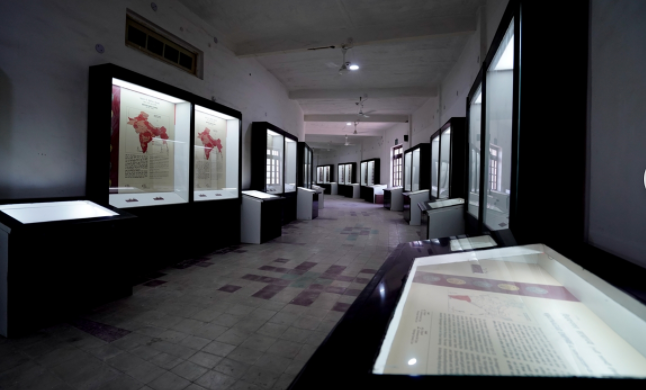
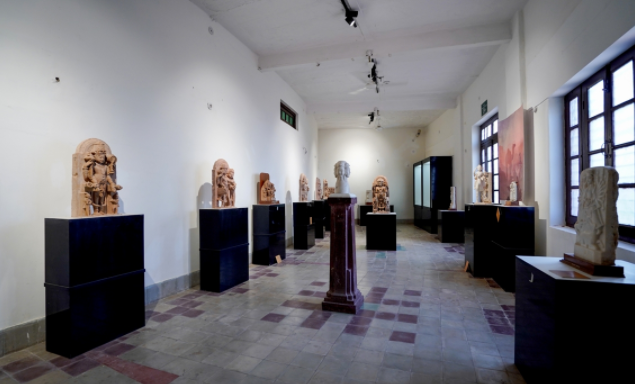
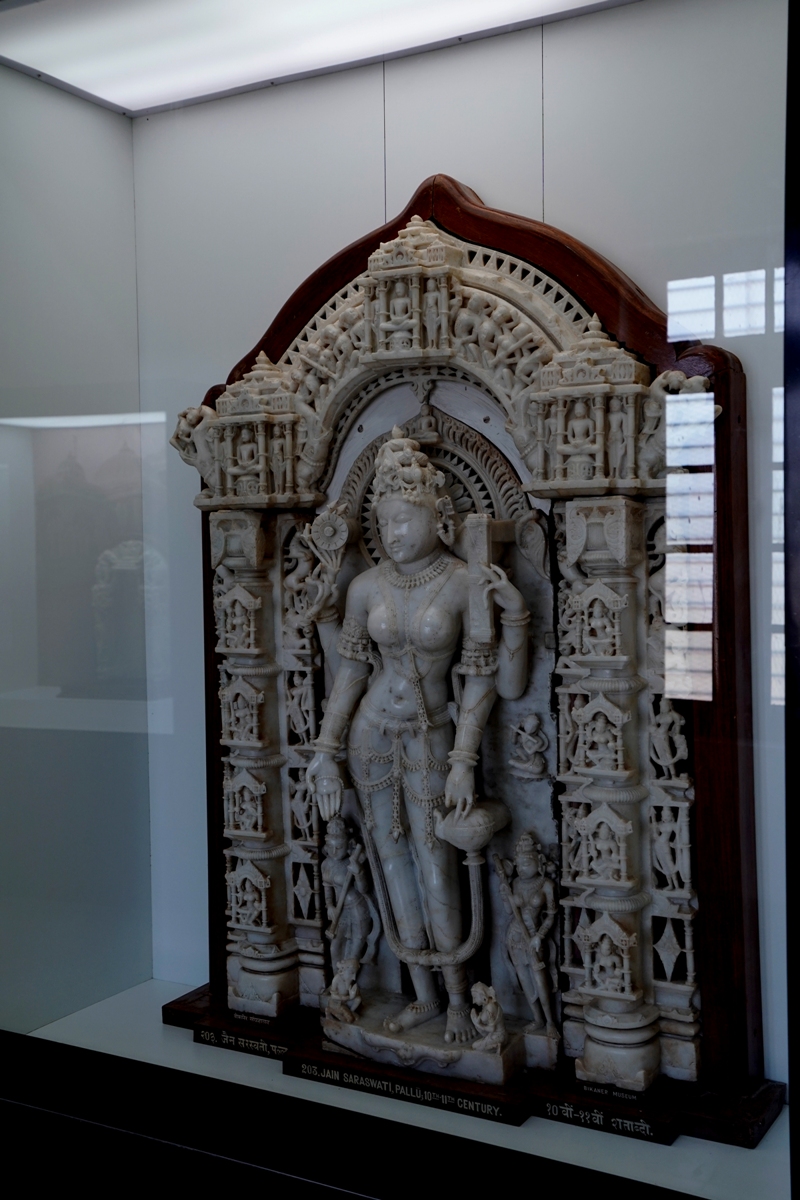
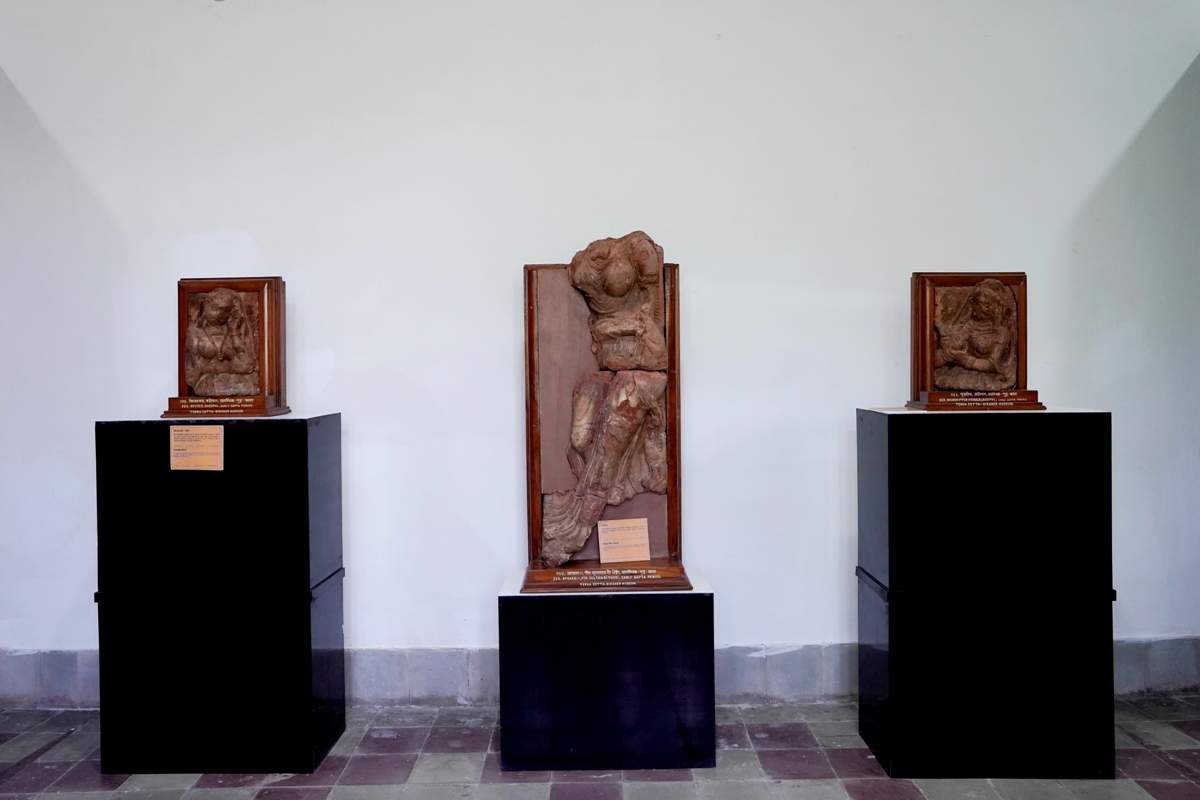
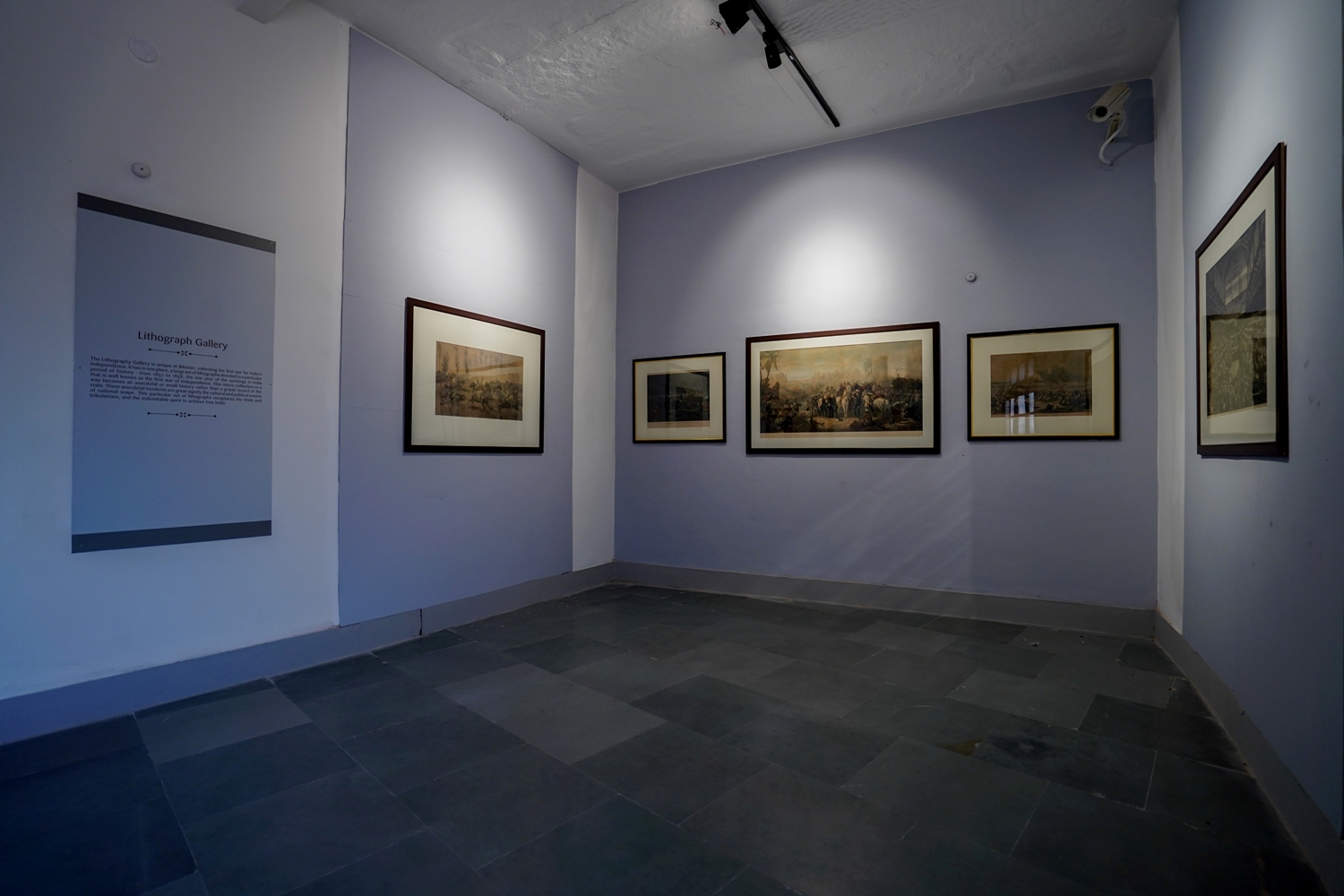
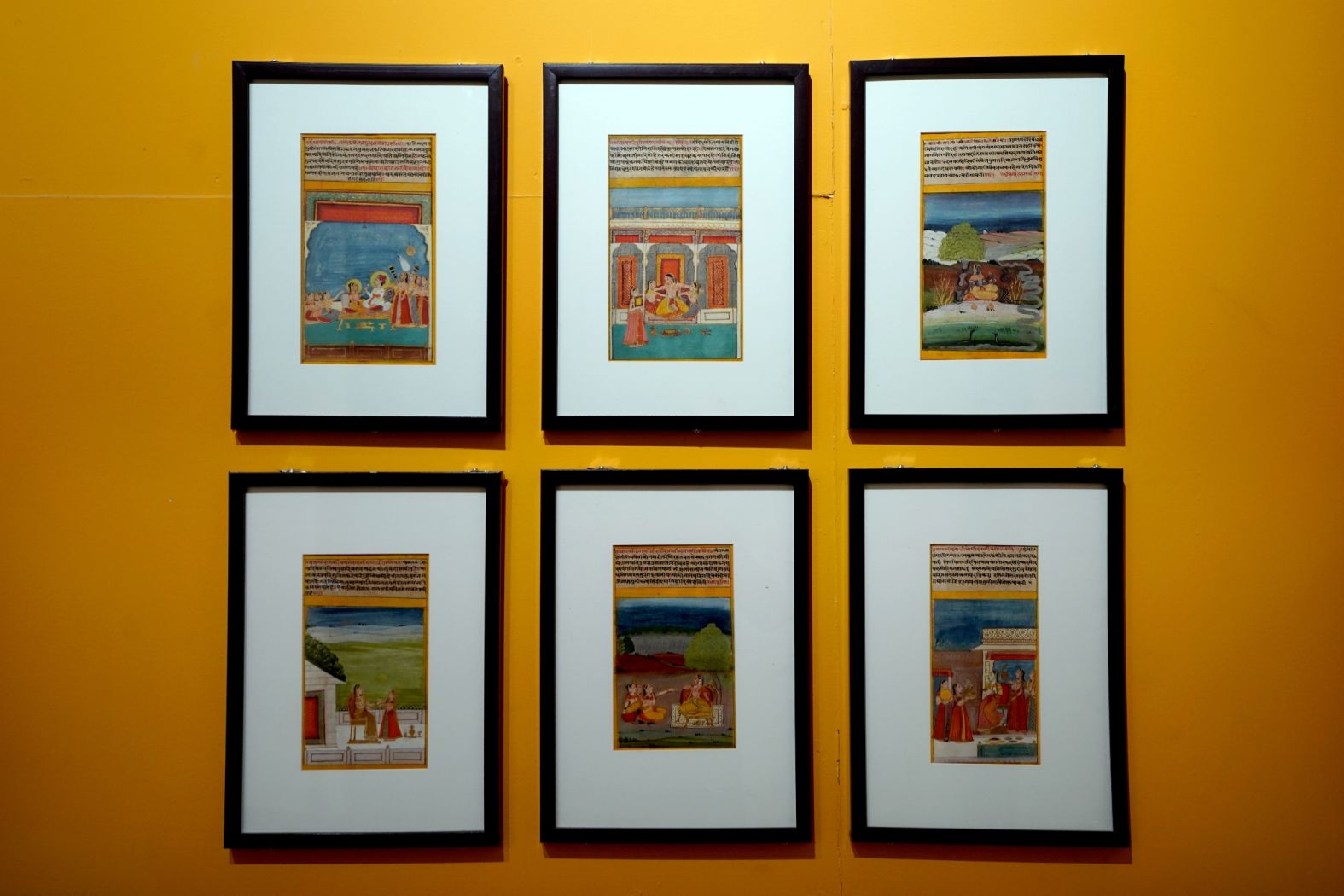
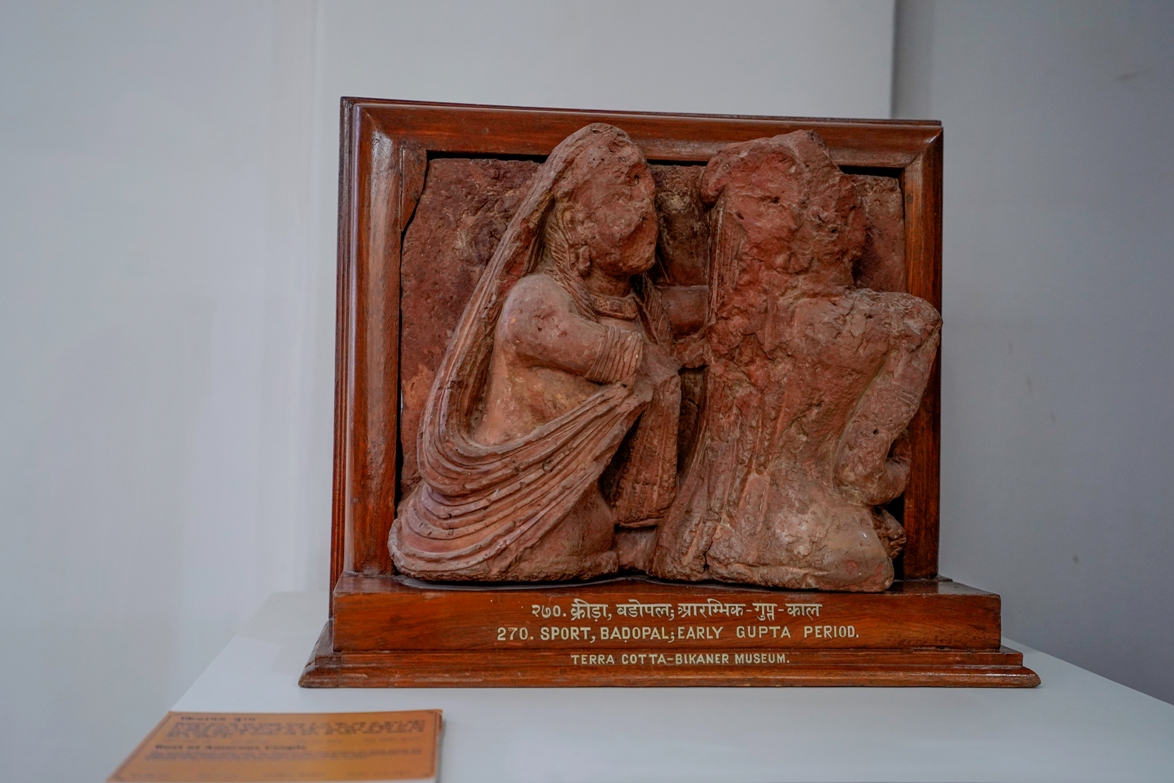
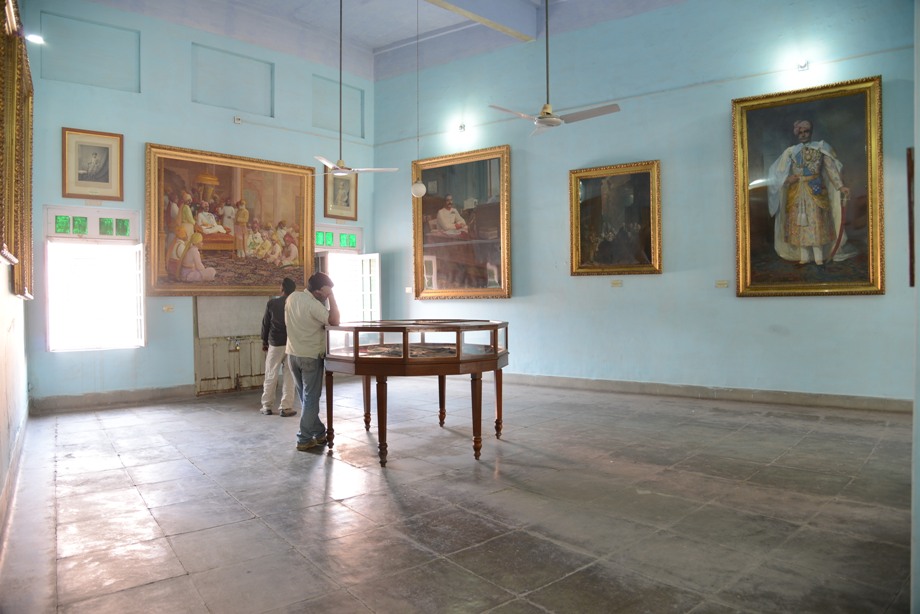
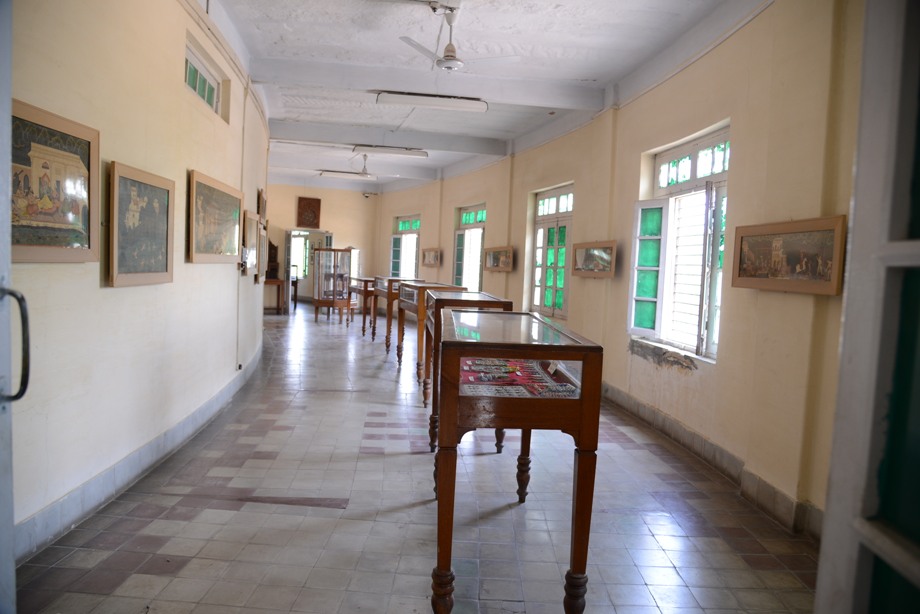
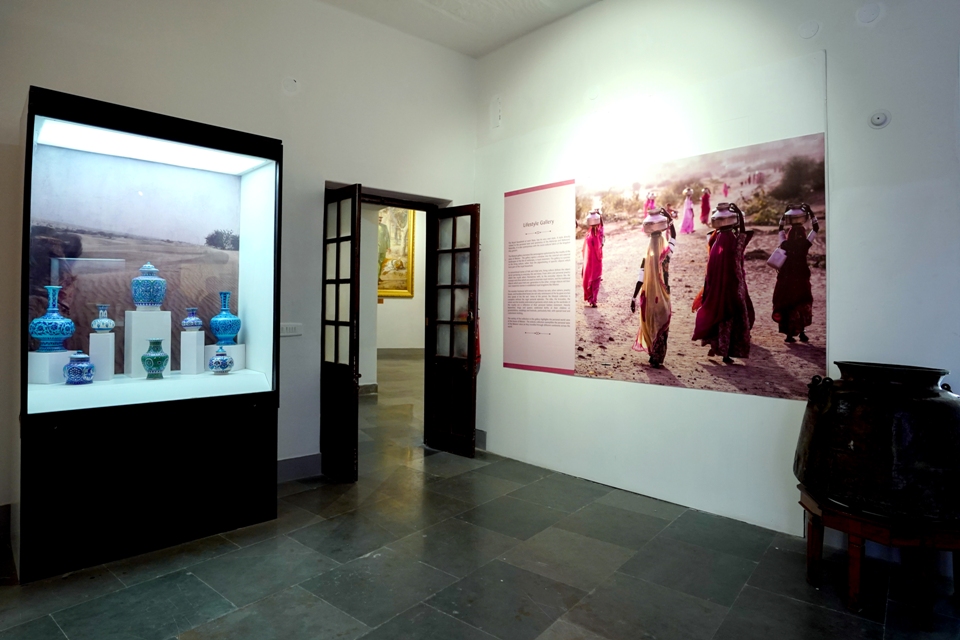
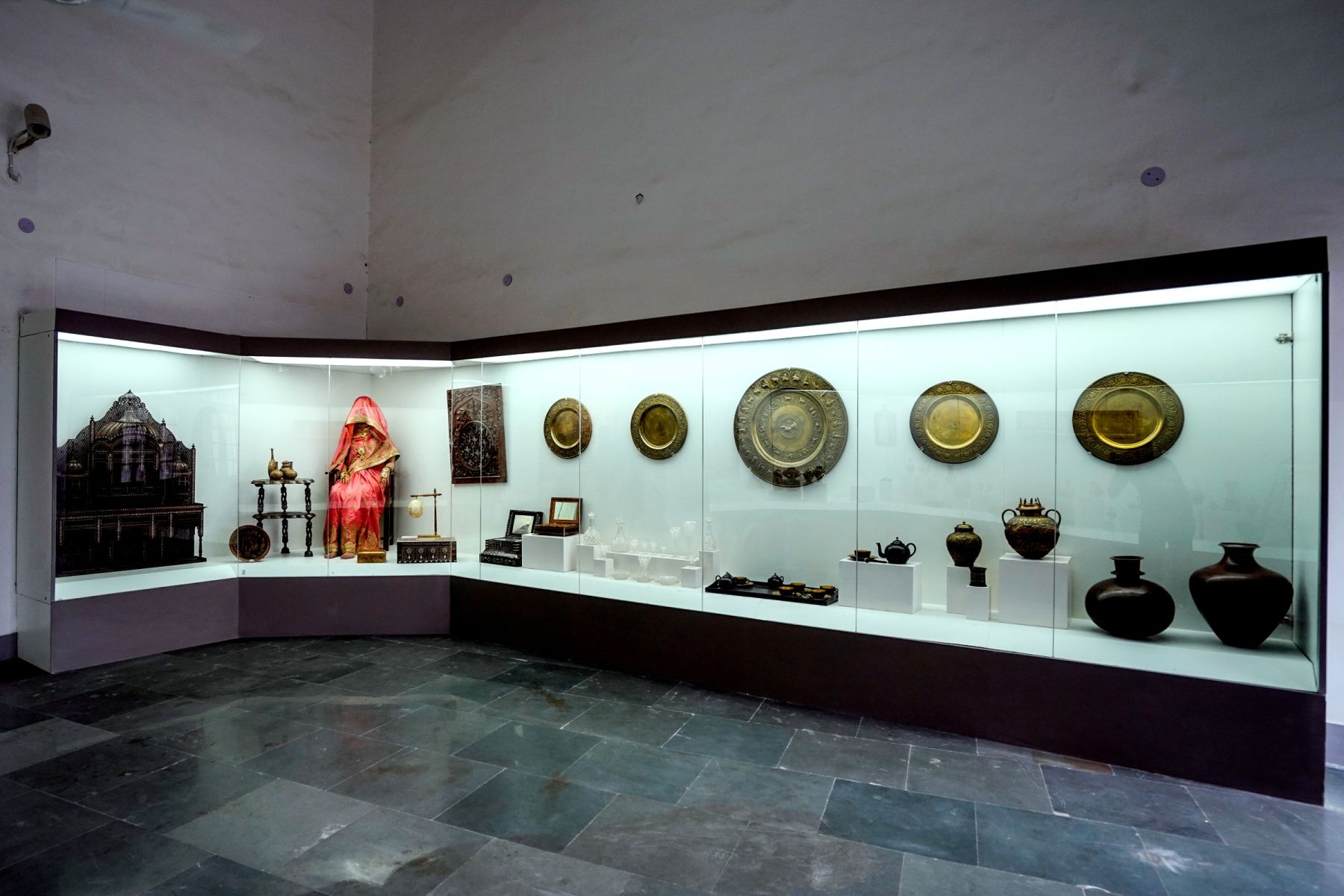
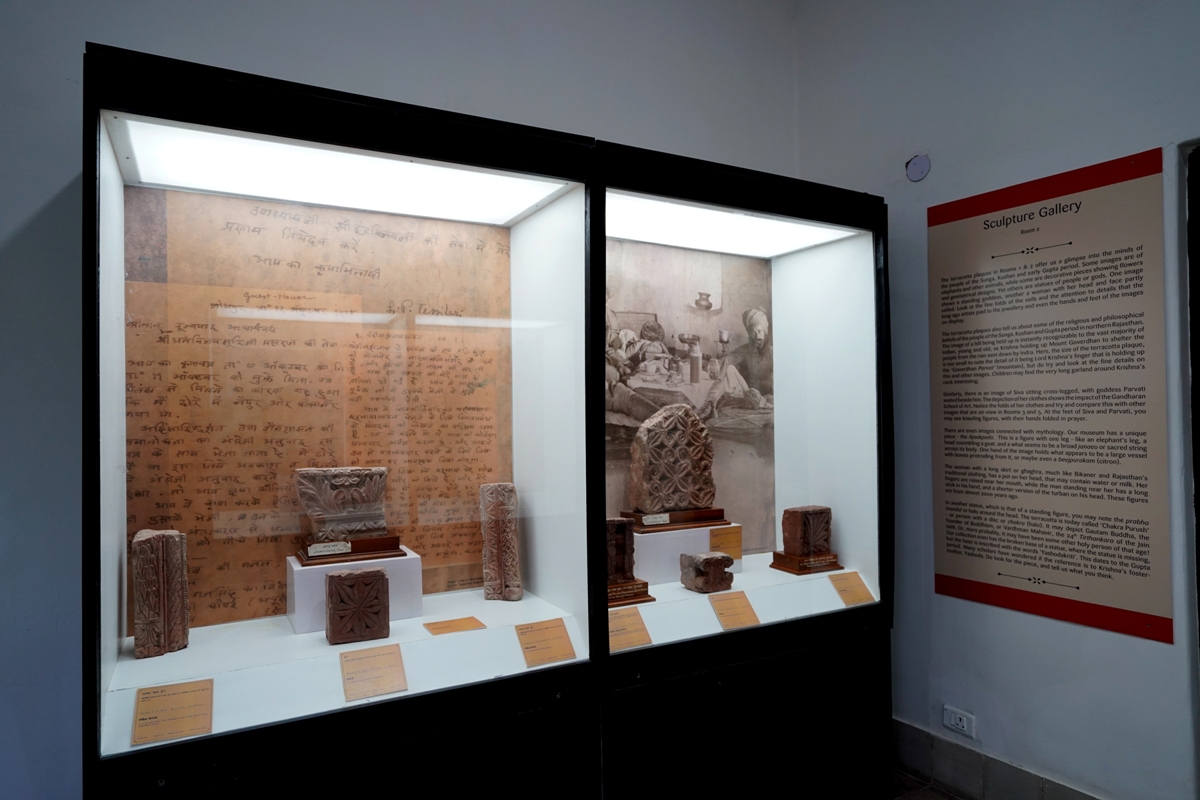
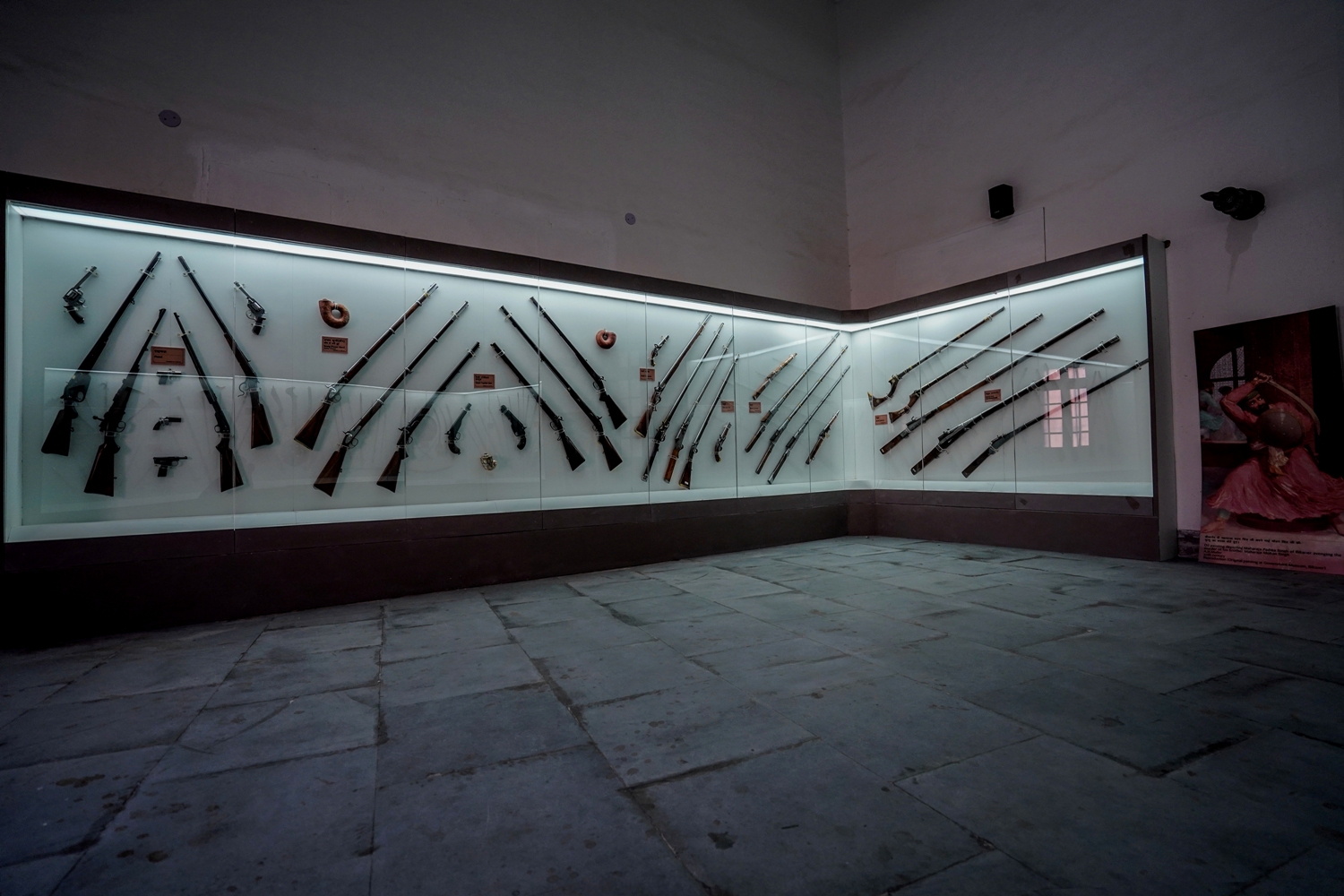
International: Rs. 50 (Adult), Rs. 25 (Student)
2. As the museum marked the Golden Jubilee celebration of Maharaja Ganga Singh's reign of the Bikaner province, it was inaugurated as the Ganga Golden Jubilee Museum in 1937. It was later on taken over by the Government of Rajasthan under The Department of Archaeology in 1950 and renamed Ganga Government Museum
3. One of the highlighted displays at the museum is that of the Silk Robe of Shehzaada Salim, son of Mughal Emperor Akbar II.

